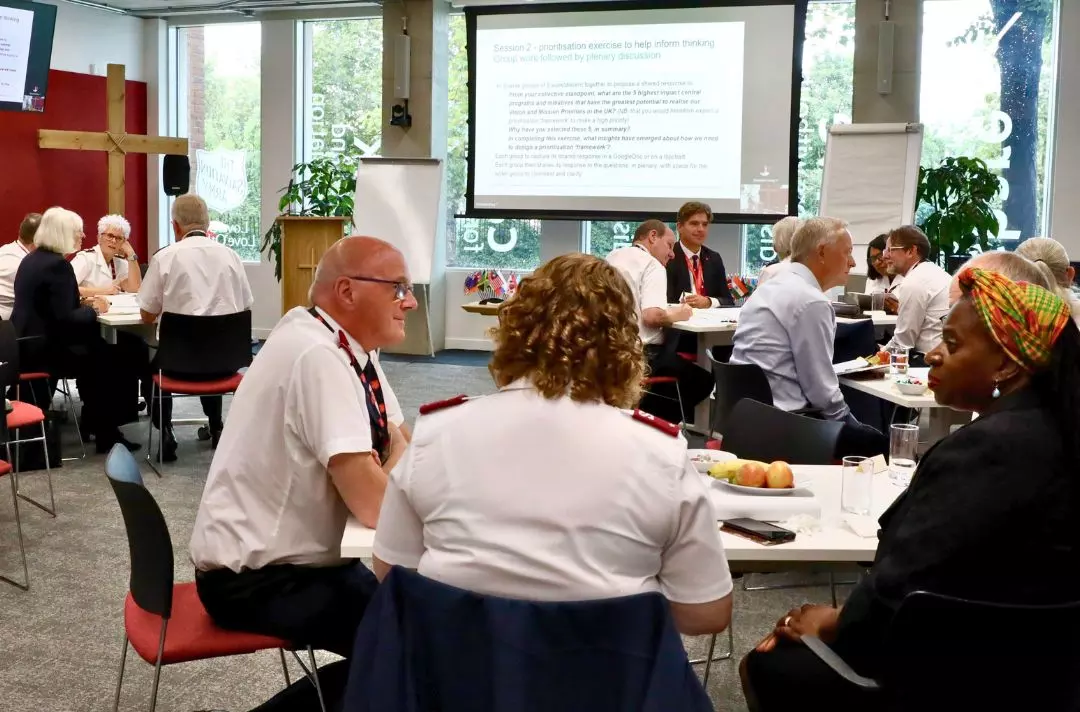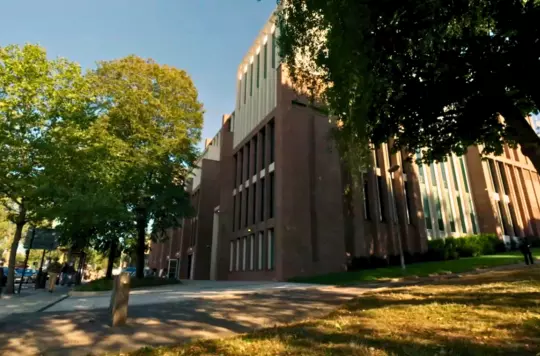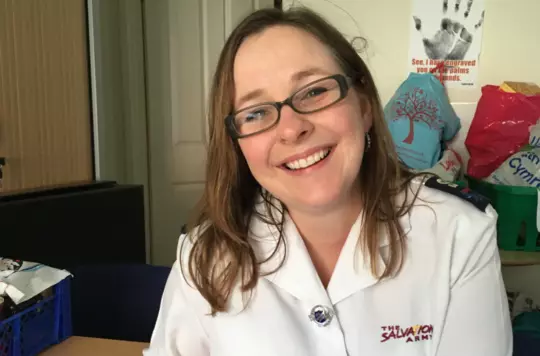2 November 2024
In good company: How is The Salvation Army structured in the UK and Ireland?

Salvationist explains new changes to The Salvation Army’s boards and councils and how they fit together.
In September, several major changes were made to territorial councils, boards and groups to help improve decision-making and empower local mission. These changes continue the territory’s dedication to advancing the Army’s God-given mission in the most effective and prudent manner. They are not just about improving what we do, but the way we do it, without losing sight of why we do it in the first place.
The UK and Ireland Territory has a unique structure, which is overseen by two key groups: SATCo (The Salvation Army Trustee Company) and Cabinet. This broad structure has been in place legally since The Salvation Army Act in 1931 and has evolved since. Today, SATCo is a private company and corporate trustee that oversees a number of charitable trusts, which together account for the Army’s assets in the territory – including property and finances. Cabinet is responsible for the spiritual components of The Salvation Army’s work in this territory, led by the territorial leaders.
These two elements are held together by the UKI Territory’s governance charter, approved by the General. It roots the governance of the territory in its vision of fullness of life for all with Jesus and its mission priorities: to share the good news, to serve others without discrimination, to nurture disciples of Jesus, to care for creation and to seek justice and reconciliation.
While the legal structure is important to the functioning of the Movement, the Army’s components together form a church, with everything it does intended to positively contribute towards making the world a better place and building God’s Kingdom.
September’s changes are the result of an extensive listening exercise and review of the territory’s councils, boards and groups, continuing the work of the Structure Coordination and Design Project. Feedback from that project described THQ decision-making as too slow and not agile enough, with too many decisions made higher up that were disempowering local mission. It also found that people felt there were too many boards and councils – many of them unknown outside THQ – and that the Army’s core purpose was not front and centre when making decisions.
Building on this review of boards, councils and groups, Assistant Chief Secretary Lieut-Colonel Jane Cowell will soon be leading a pilot to review divisional boards and groups with the same aim of enabling new structures and reporting processes.
In the next 18 months, SATCo will also review the changes being implemented to the territorial boards and councils to ensure a smooth transition and commit to ongoing learning and improvement in how it all works.

What’s changed?

SATCo

Cabinet
Discover more

The document marks three years of discernment about how the territory can enable local mission to flourish.



